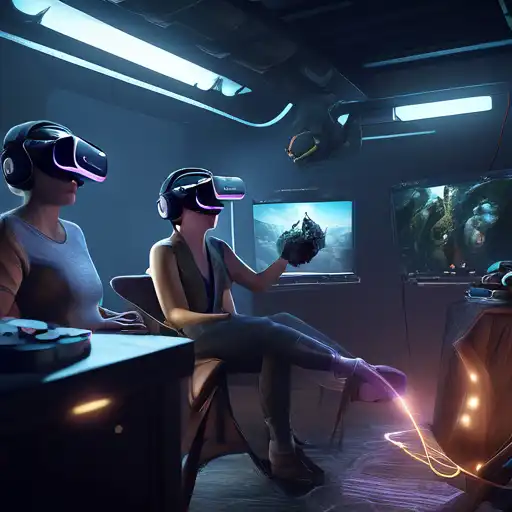Introduction to Virtual Reality Development
Virtual Reality (VR) has transformed the way we interact with digital content, offering unparalleled immersive experiences. Whether you're a developer, designer, or enthusiast, understanding how to create compelling VR content is essential in today's tech-driven world. This guide will walk you through the key components of VR development, from conceptualization to execution.
Understanding the Basics of VR
Before diving into development, it's crucial to grasp the fundamentals of VR technology. VR creates a simulated environment that users can interact with in a seemingly real or physical way. This is achieved through a combination of hardware (like headsets and controllers) and software (such as game engines and development tools).
Choosing the Right Tools and Platforms
Selecting the appropriate tools is a critical step in VR development. Popular game engines like Unity and Unreal Engine offer robust support for VR projects, providing developers with the necessary resources to bring their visions to life. Additionally, platforms like Oculus, HTC Vive, and PlayStation VR have their own SDKs and guidelines for creating compatible content.
Designing for Immersion
Creating an immersive VR experience goes beyond technical execution; it requires thoughtful design. Key considerations include user interface (UI) design, spatial audio, and interactive elements that enhance the sense of presence. Avoiding common pitfalls like motion sickness is also paramount, which can be mitigated through careful design choices.
Testing and Iteration
Testing is an integral part of the VR development process. Gathering feedback from users and iterating on your design ensures a polished and enjoyable experience. Tools like VR testing platforms can help identify issues early in the development cycle.
Publishing and Distribution
Once your VR experience is ready, choosing the right platform for distribution is key. Whether it's through app stores like Oculus Store or SteamVR, or direct downloads from your website, consider your target audience and the platforms they use most frequently.
Conclusion
Creating immersive VR experiences is a complex but rewarding endeavor. By understanding the basics, choosing the right tools, designing for immersion, and rigorously testing your project, you can craft experiences that captivate and engage users. As VR technology continues to evolve, staying informed and adaptable will ensure your projects remain at the forefront of innovation.
